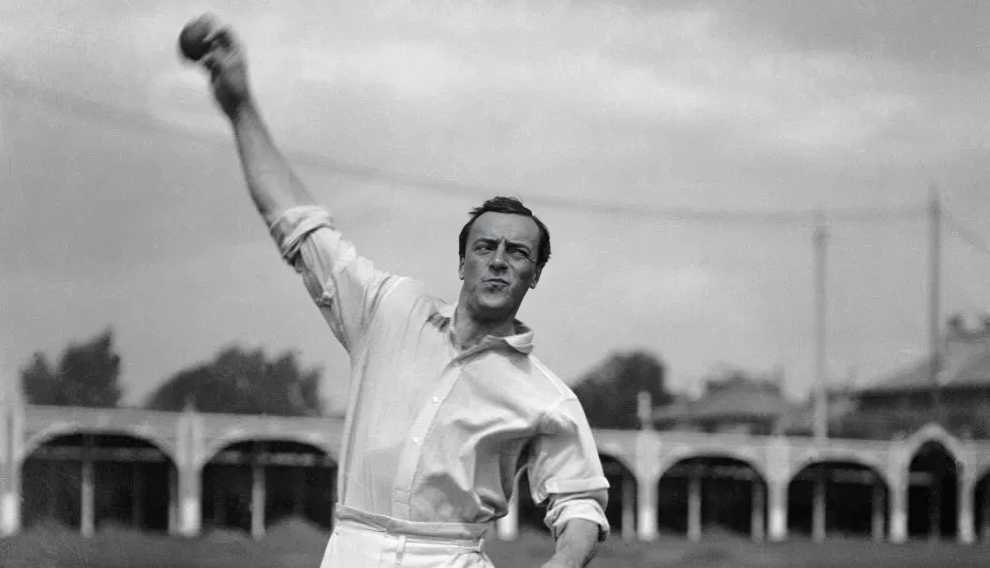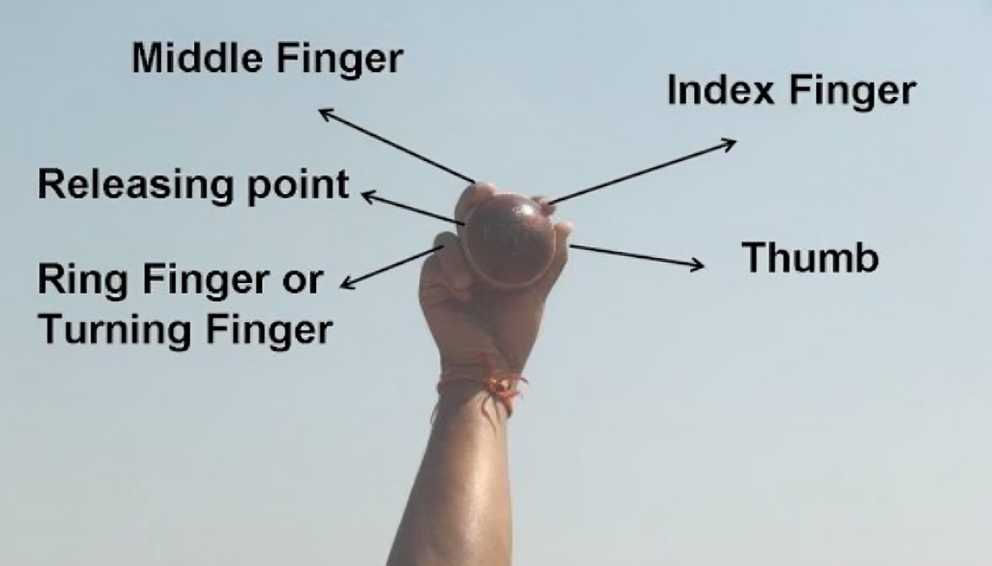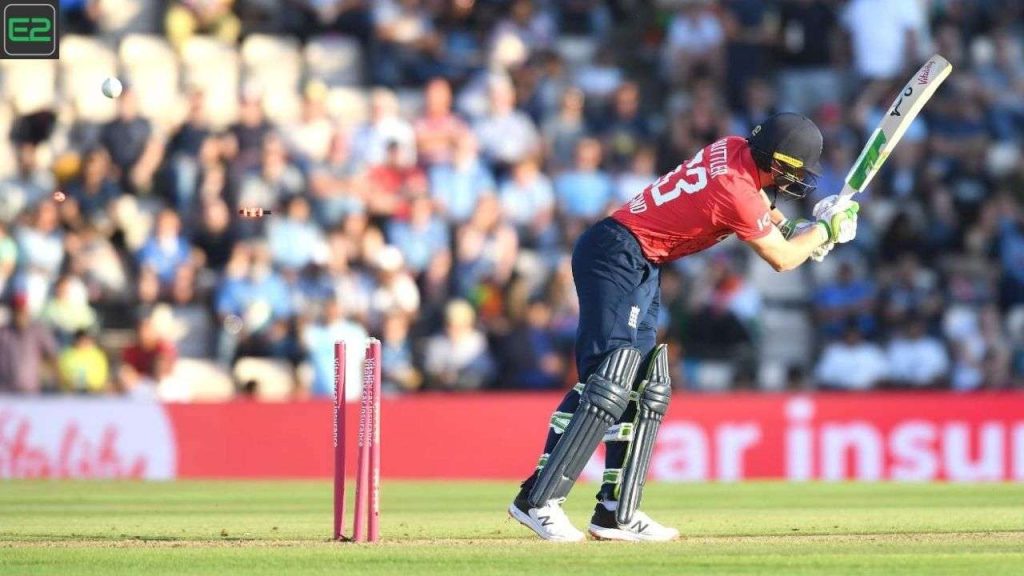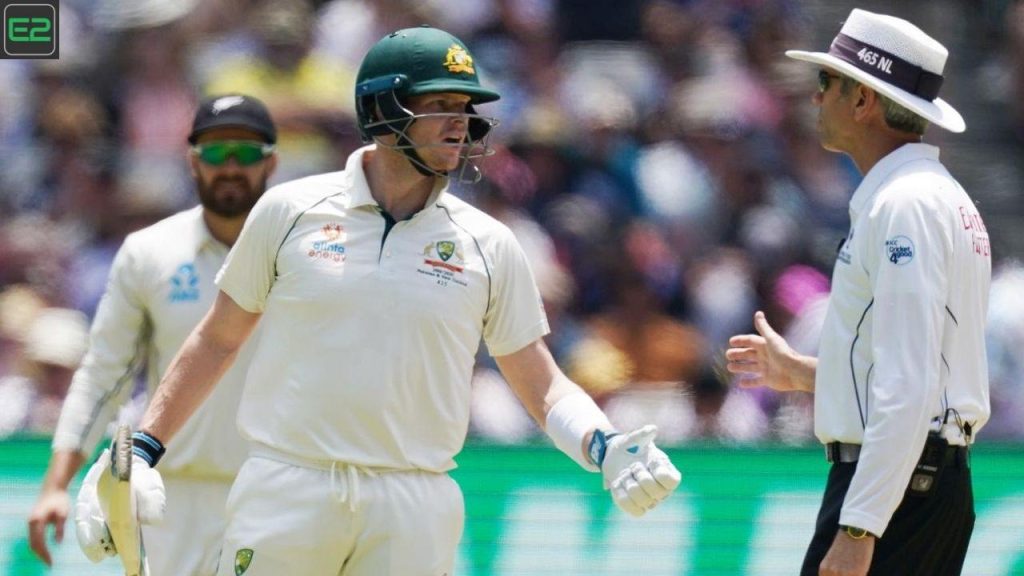Cricket, often called a game of glorious uncertainties, has seen countless innovations throughout its rich history. Among these, the “googly” ball stands out as a delivery that revolutionized the sport. This deceptive, mysterious spin confounds batsmen and captivates fans, highlighting cricket’s complexity and the art of spin bowling. In this blog, we’ll explore the science of the googly, trace its origins, and discuss its transformative impact on the game. Plus, we’ll share stories of legendary googly bowlers who have left an unforgettable mark on cricket.
Understanding the Googly: Science Behind the Delivery

The googly is a type of delivery bowled by spinners, most commonly leg-spinners. It is renowned for its ability to deceive batsmen by spinning in the opposite direction than expected. The mechanics behind the googly delivery involve a subtle manipulation of wrist and finger position, exploiting the aerodynamics of the cricket ball.
Traditionally, leg-spinners impart sidespin on the ball, causing it to break away from the batsman upon pitching. However, in a googly, the bowler imparts topspin instead of sidespin, causing the ball to spin back into the batsman unexpectedly. This occurs due to the unique position of the wrist at the point of release.
A leg-spinner typically bowls with a leg-spin grip, where the wrist is cocked to the left for a right-handed bowler (and vice versa for a left-handed bowler). To bowl a googly, the bowler adjusts their wrist position to impart topspin instead of sidespin. As a result, the ball rotates around a different axis, causing the unexpected spin upon pitching.
Who Invented the Googly Ball?

The individual acknowledged for the creation of the googly is Bernard Bosanquet, also known by his initials B.J.T. Bosanquet. He gained recognition as a leg spin bowler and participated in seven test matches for the English cricket team from 1903 to 1905.
Bosanquet’s innovation of the googly delivery originated during his engagement with a tabletop game called Twisti-Twosti. This game involved bouncing a tennis ball to prevent opponents from catching it. Bosanquet honed the technique of the ‘googly’ through this game and seamlessly adapted it to the realm of cricket.
Impact of the Googly on Cricket

The introduction of the googly in the late 19th century by English cricketer Bernard Bosanquet was nothing short of revolutionary. Prior to its emergence, batsmen had become accustomed to the traditional leg-spin deliveries. The googly disrupted their expectations and forced them to adapt quickly to this newfound challenge.
The googly had a profound impact on the dynamics of the game. Batsmen, who were often dominant and confident against spin bowling, suddenly found themselves confounded by a delivery that defied convention. The element of surprise became a potent weapon, leading to wickets falling more frequently to the googly. This change in the balance between bat and ball added an extra layer of complexity to cricket, making it an even more compelling spectacle for fans worldwide.
Googly’s Psychological Battle: Mind Games on the Pitch

Beyond its physical mechanics, the googly introduces a fascinating psychological aspect to cricket. Batsmen facing a googly find themselves in a mind-bending dilemma. The uncertainty of not knowing whether the ball will spin away or dart back creates a mental chess match between the bowler and the batter. This psychological warfare adds layers of complexity to the game, emphasizing the cerebral aspect of cricket.
When a googly is delivered effectively, the batsman’s mental process is intriguing to observe. They must decipher the bowler’s intentions based on subtle cues, read the pitch conditions, and anticipate the trajectory of the ball. However, in the blink of an eye, all their calculations can be upended by the unpredictable spin of the googly. This constant battle of wits between the bowler and the batsman epitomizes the strategic beauty of cricket.
Googly’s Adaptation & Innovation
The evolution of the googly doesn’t stop at its inception. Over the years, bowlers have continued to innovate and tweak the delivery to maintain its element of surprise. Some bowlers have mastered the art of “flipper googly,” a variation that combines the speed of a flipper with the spin and deception of a googly. This delivery, popularized by Shane Warne, adds an extra layer of complexity to the already intricate world of spin bowling.
Moreover, contemporary players have taken advantage of technology and advanced biomechanics to refine their googly deliveries. High-speed cameras and data analytics allow bowlers to analyze their wrist positions, angles, and rotations in microscopic detail. This level of precision has led to even more potent and deceptive googlies, as modern bowlers unlock the secrets of their craft with scientific precision.
Legendary Googly Bowlers: Masters of Deception
Several cricketers have elevated the art of bowling googlies to an extraordinary level, etching their names in the annals of cricket history. Let’s take a look at some of the legendary googly bowlers who have left an indelible mark on the sport.
Shane Warne: Hailing from Australia, Shane Warne is arguably one of the greatest leg-spin bowlers in cricket history. With his mesmerizing googly, Warne bamboozled batsmen from around the world. His ability to impart prodigious spin on the ball, coupled with his unmatched control, made him a force to be reckoned with.
Abdul Qadir: Representing Pakistan, Abdul Qadir was a trailblazer in the art of leg-spin bowling. His googly was a potent weapon that spun sharply, leaving batsmen bewildered. Qadir’s exploits not only inspired a generation of Pakistani cricketers but also elevated the status of spin bowling in the country.
Anil Kumble: While known primarily for his remarkable accuracy and bounce as a leg-spinner, India’s Anil Kumble was also a proficient googly bowler. His deceptive delivery often caught batsmen off-guard, adding another dimension to his already formidable bowling arsenal.
Mushtaq Ahmed: Another Pakistani maestro of spin, Mushtaq Ahmed’s googly was a key component of his bowling repertoire. His ability to extract substantial turn, combined with his artful googly, made him a vital asset for Pakistan’s bowling attack.
Clarrie Grimmett: A pioneer of the googly, Australian cricketer Clarrie Grimmett was one of the earliest proponents of this delivery. His mastery over the googly and flipper was instrumental in Australia’s success during the 1920s and 1930s.
Conclusion
The googly, a delivery born out of innovation and perfected through skill and practice, has forever changed the landscape of cricket. Its ability to bewilder batsmen and alter the course of matches highlights the intricate science that underlies the sport. Through the contributions of legendary googly bowlers, cricket enthusiasts have been treated to a spectacle that showcases the endless possibilities within the game. As the cricketing world continues to evolve, the googly remains a timeless reminder of the beauty of innovation and the captivating nuances of this beloved sport.













